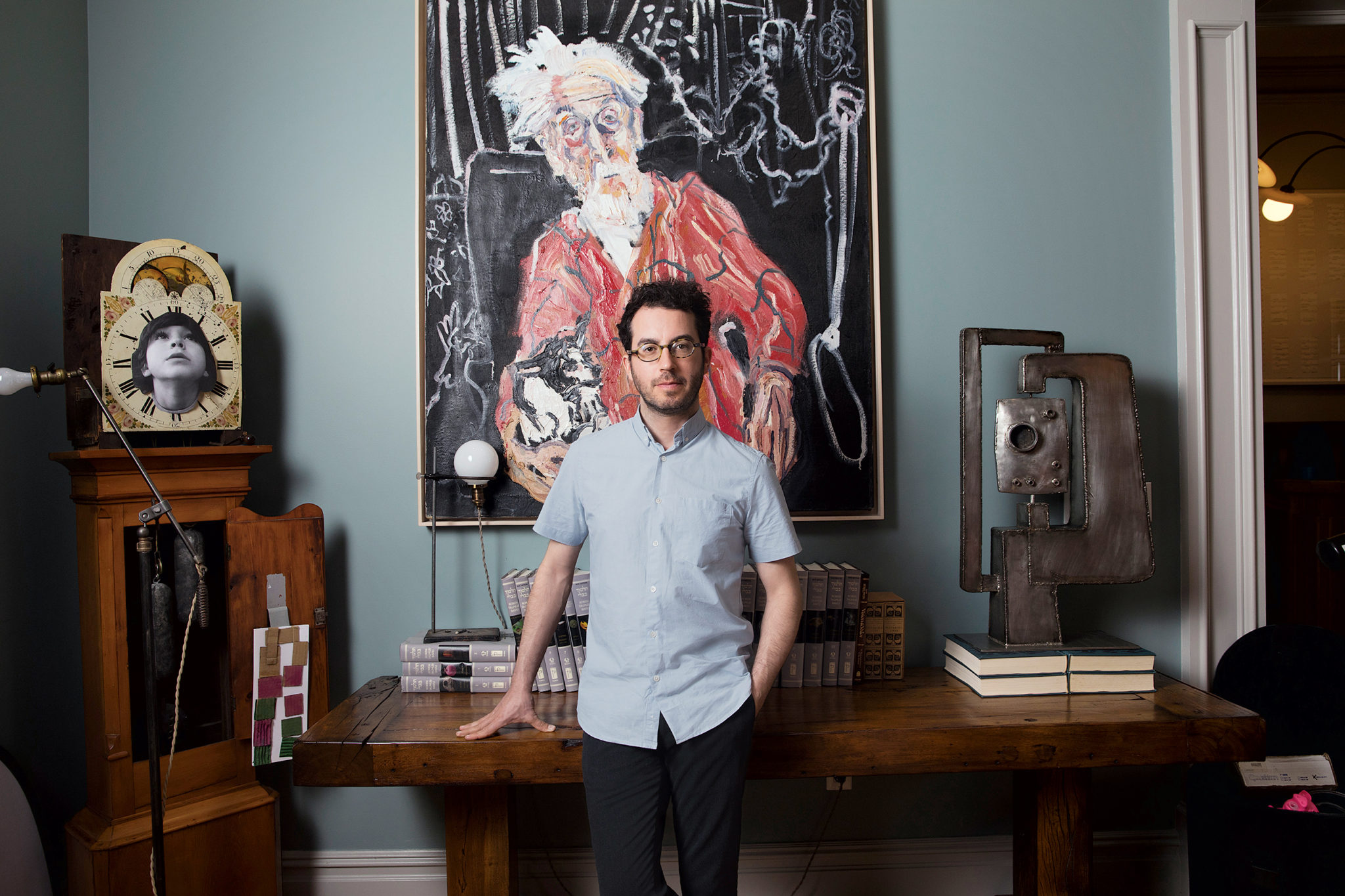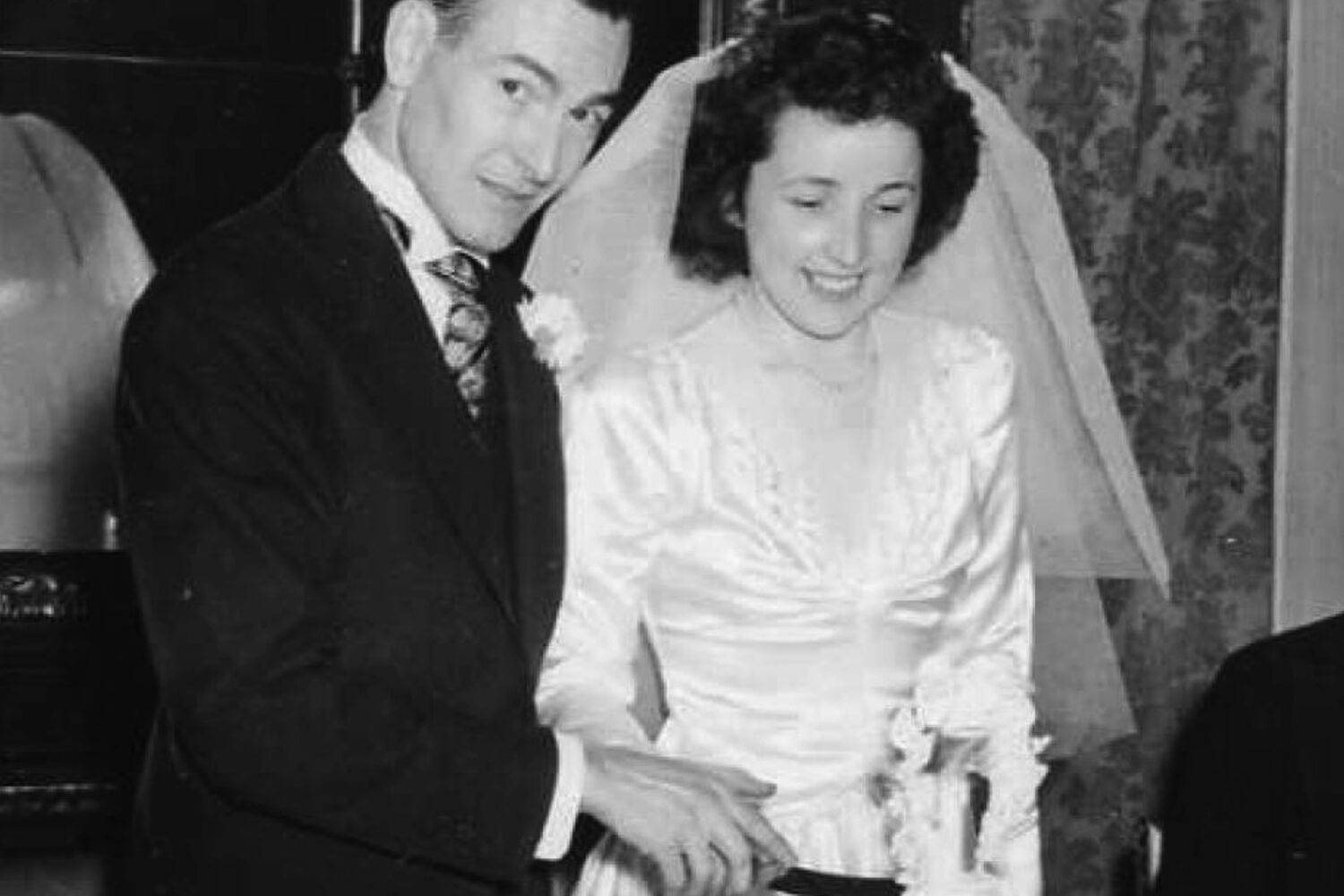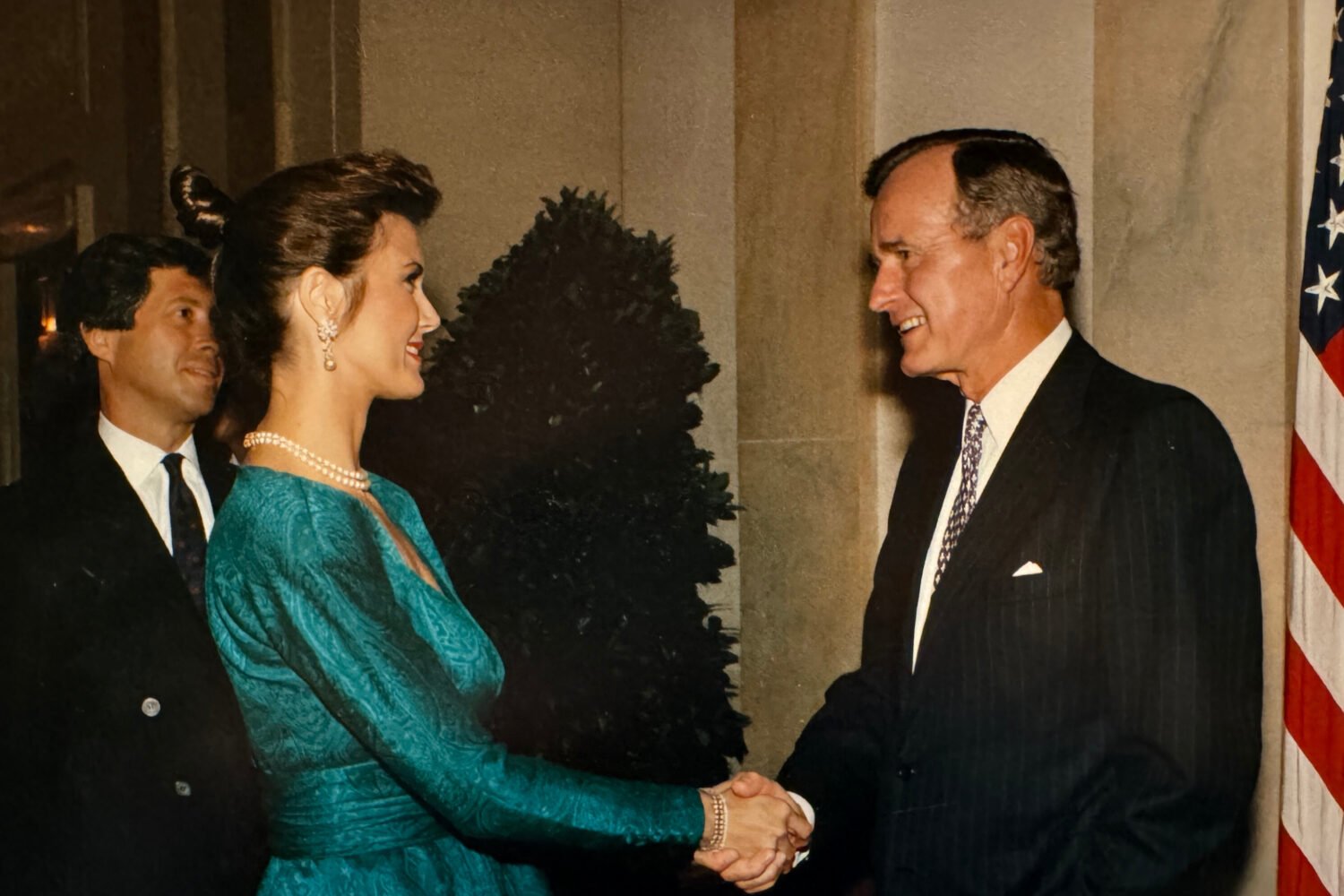The oldest suicide note was written in Egypt 4,000 years ago. Its translator titled it “Dispute With the Soul of One Who Is Tired of Life.” The first line reads, “I opened my mouth to my soul, that I might answer what it said.” What follows is a person’s effort to persuade his soul to consent to suicide.
I learned about it from The Book of Endings, a compilation of facts and anecdotes that contains Virgil’s and Houdini’s dying wishes; elegies to the dodo and the eunuch; and explanations of the fossil record, the electric chair, and manmade obsolescence. The book also taught me that my every inhalation includes molecules from Julius Caesar’s final exhalation. That thrilled me—the bridging of what felt like myth and my life of autumn raking and video games in Washington, DC.
If I’d inhaled Caesar’s last breath (Et tu, Brute?), I must have inhaled Darwin’s (I am not the least afraid to die). And that of FDR, Rosa Parks, Elvis, even the grandfather I never met. The descendant of survivors, I imagined Hitler’s final breath rising through ten feet of the Führerbunker’s concrete roof, 30 feet of earth, and the trampled roses of the Reich Chancellery, crossing the Atlantic and 40 years on its way to my childhood bedroom, where it would inflate me like a death-day balloon.
And if I’d swallowed their last gasps, I must also have swallowed their first, and every breath between. And every breath of everyone. And all animals: the class gerbil that died in my family’s care, the still-warm chickens my grandmother plucked in Poland, the final breath of the final passenger pigeon. The thought granted me an aerial view of a vast web woven from one strand. When Neil Armstrong touched boot to lunar surface, he sent out, through the polycarbonate of his visor, molecules of Archimedes hollering “Eureka!” as he ran naked through the streets, having discovered that the bath water his body displaced was equal to the volume of his body. (Armstrong would leave that boot on the moon, to compensate for the weight of the moon rocks he’d bring back.) When the parrot who was trained to converse at a five-year-old human’s level uttered his final words—“You be good, see you tomorrow, I love you”—he exhaled the panting of sled dogs who pulled Roald Amundsen across ice that has since melted. That I had a place in all that was astonishing.
Caesar’s ending was also a beginning: His was among the first recorded autopsies, which is how we know he was stabbed 23 times. His bloody toga is gone. The Curia of Pompey, where he was killed, is gone. The Roman Empire, which covered 2 million square miles, is gone. It’s hard to think of a more ephemeral artifact of a civilization than a breath. But it’s impossible to think of a more enduring one.
Despite my recalling so much about it, there was no Book of Endings. When I tried to confirm its existence, I found Panati’s Extraordinary Endings of Practically Everything and Everybody, published when I was 12. It contains Houdini, the fossil record, and other things I remembered, but not Caesar’s final breath and not “Dispute With the Soul,” which I must have learned about elsewhere. Those small corrections troubled me—not because they were themselves important but because my recollections had been so clear.
I was further unsettled when I researched that suicide note and reflected on its title. That we misremember is disturbing enough, but the prospect of being misremembered by those who come after us is deeply upsetting. It’s unknown whether the author even killed himself. “I opened my mouth to my soul,” he wrote. But the soul had the last word, urging him to “cling to life.” Perhaps a confrontation with death revealed the most compelling case for survival. A suicide note resembles nothing more closely than its opposite.
DC native Jonathan Safran Foer’s books include “Everything Is Illuminated.” This is excerpted from “We Are the Weather: Saving the Planet Begins at Breakfast,” published by Farrar, Straus and Giroux. Copyright © 2019 by Jonathan Safran Foer.
This article appears in the September 2019 issue of Washingtonian.



















